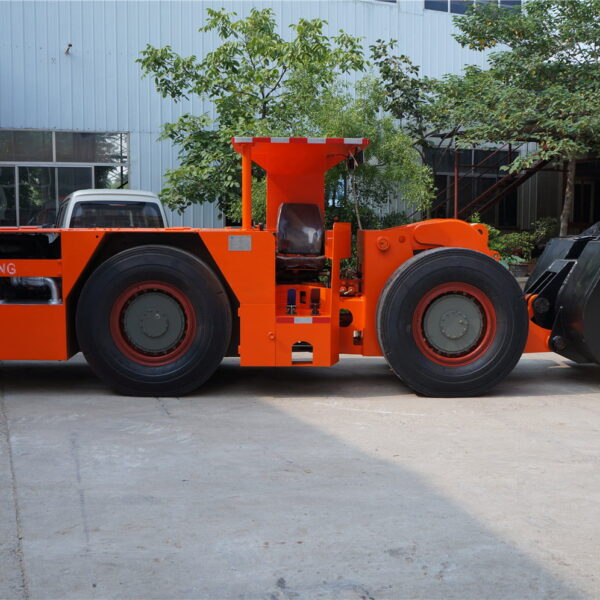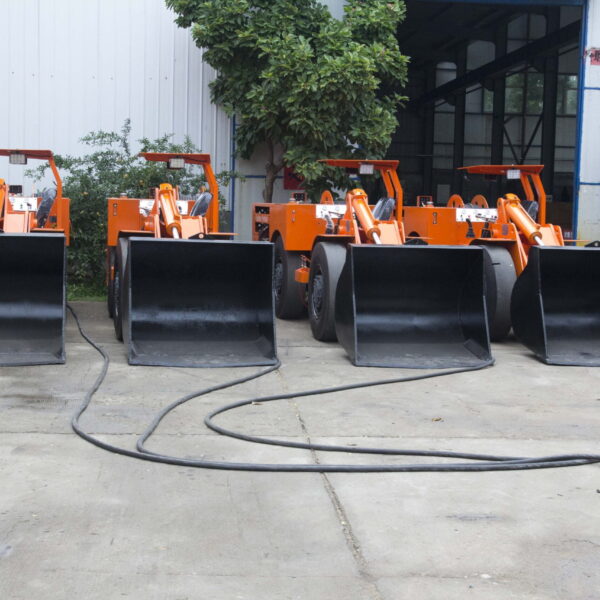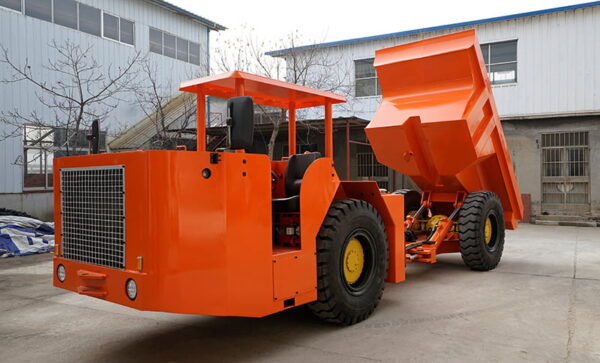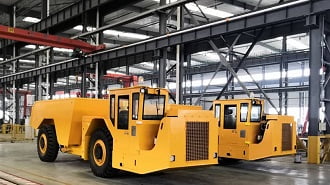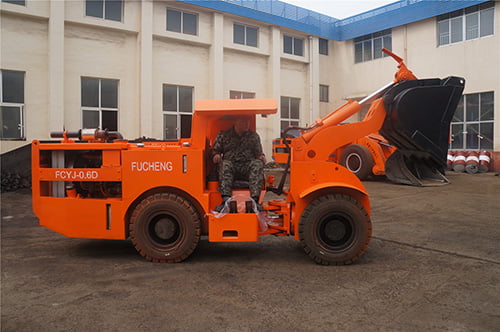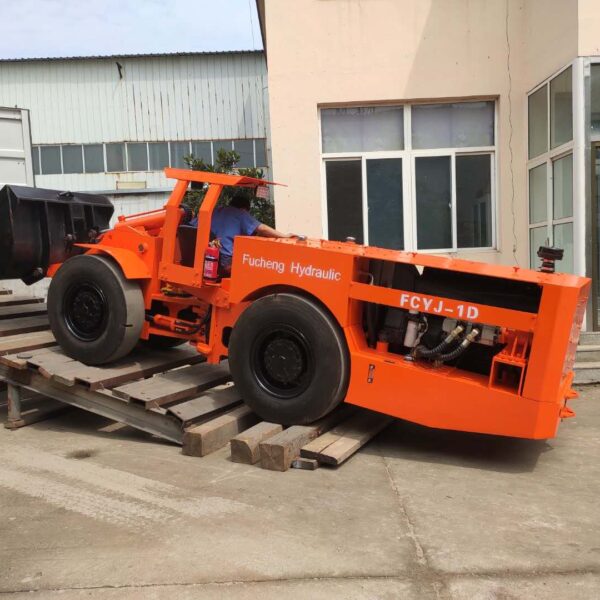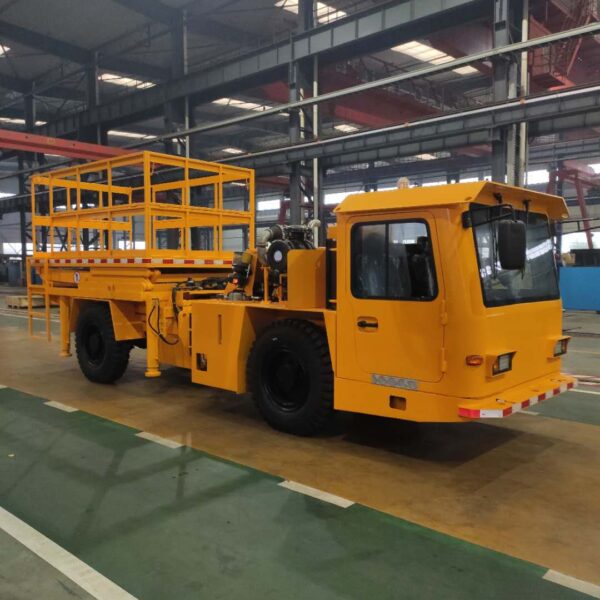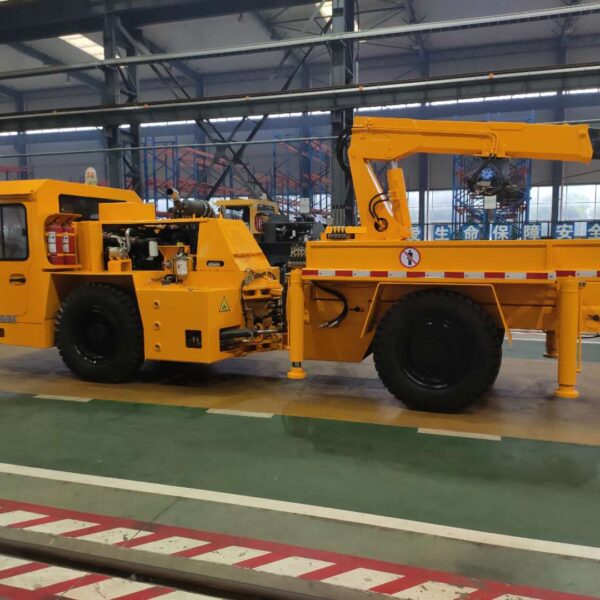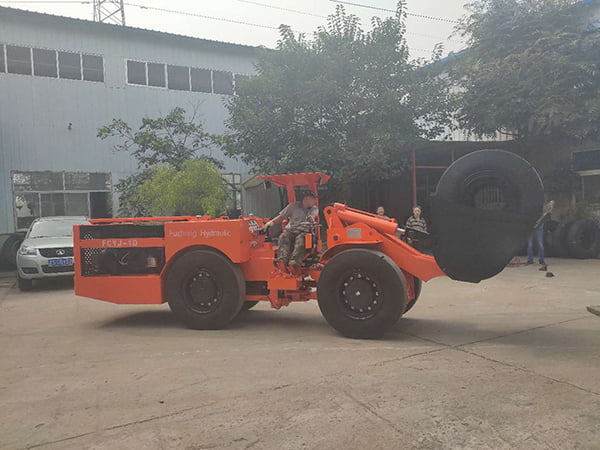I. Introduction
Iron, a fundamental element in modern society, plays a crucial role in various industries.Iron is useful and strong, which is why it’s found in various industries like construction, carrying, and manufacturing. It’s a crucial part of making steel, which is used in building structures and creating advanced machinery and tools. Without iron, our modern society wouldn’t be possible.
The aim of this blog post is to give you valuable information about how iron ore is produced and which countries are leading in iron production. We will explore the top countries that produce iron and show you how their operations make a big impact on the global iron industry. Our goal is to help you understand the significant role these countries play and the reasons behind their success.
By reading this, you will get a clearer picture of how these countries contribute to meeting the world’s iron needs.
II. Top Ten Iron Mines in the World in 2023
1. Vale’s Carajás Mine – Brazil:
Located in the state of Pará, Brazil, the Carajás Mine is the largest iron mine in the world. It produces an astonishing 1 million metric tons of iron ore annually. The mine is known for its high-quality ore and advanced mining techniques.
2. Royalty Minerals’ Yandicoogina Mine – Australia:
The Yandicoogina Mine, operated by Royalty Minerals, is a renowned iron ore mine in the Pilbara region of Western Australia. It contributes approximately 7 Million Tonnes of iron ore to the global market annually. The mine’s efficient operations and commitment to safety make it a key player in the industry.
3. Rio Tinto’s Pilbara Mines – Australia:
The Pilbara Mines, operated by Rio Tinto, are a collection of iron ore mines located in Western Australia. With significant deposits across the region, these mines collectively produce 25 million tonnes of iron ore each year. The Pilbara Mines are renowned for their vast reserves and efficient mining operations.
4. Anglo American’s Minas-Rio Mine – Brazil:
The Minas-Rio Mine, operated by Anglo American, is an iron ore mine located in Minas Gerais, Brazil. With an annual production of 26.5 Million Mega Tonnes, it contributes significantly to Brazil’s iron ore exports. The mine is known for its high-quality ore and environmentally responsible practices.
5. Anglo American’s Sishen Mine – South Africa:
The Sishen Mine, owned by Anglo American, is one of the largest iron ore mines in South Africa. It produces around 29.2 Million Tonnes of iron ore per year. The mine is located in a place that makes it easy to get the iron ore out and move it around .
6. Hancock Prospecting’s Roy Hill Mine – Australia:
The Roy Hill Mine, owned by Hancock Prospecting, is a state-of-the-art iron ore mine in the Pilbara region of Western Australia. It produces around 60 Million Tonnes of iron ore each year. The mine’s advanced technology and efficient supply chain contribute to its success.
7. Fortescue Metals Group’s Solomon Hub – Australia:
The Solomon Hub, operated by Fortescue Metals Group, is an integrated mining operation in the Pilbara region of Western Australia. It boasts an annual iron ore production of 65 to 75 Megatonnes. The Solomon Hub’s focus on innovation and sustainable practices sets it apart.
8. FMG’s Chichester Hub – Australia:
The Chichester Hub, owned by Fortescue Metals Group (FMG), is a collection of iron ore mines in the Pilbara region of Western Australia. These mines collectively produce 100 Million Tonnes of iron ore each year. FMG’s commitment to innovation and sustainable mining practices is evident in the Chichester Hub.
9. BHP’s Newman Mine – Australia:
Situated in the Pilbara region of Western Australia, the Newman Mine is another prominent iron ore producer. It extracts approximately 132 Megatonne of iron ore annually. The mine’s strategic location and advanced infrastructure contribute to its success.
10. China Union’s Bong Mine – Liberia:
Located in Liberia, the Bong Mine is a significant iron ore producer in Africa. It extracts approximately 200 to 230 Million Megatonnes of iron ore annually. The mine is very important for the country’s economy and creates job opportunities for people living nearby.
These top ten iron mines in the world represent the forefront of global iron ore production. From the massive Carajás Mine in Brazil to the vast Pilbara Mines in Australia, each mine plays a vital role in meeting the global demand for iron ore. They use advanced mining methods, care about the environment, and help the local economy a lot. That’s why they are important in the mining industry.
III. Mining Equipment Used in Iron Mining
In the process of iron mining, various types of equipment are employed to extract and transport the valuable mineral. These equipment play a crucial role in ensuring the efficiency and safety of the mining operations. Let’s explore the different types of equipment used in iron mining and discuss the advancements that have revolutionized the industry.
1. Excavators
Excavators are one of the primary pieces of equipment used in iron mining. They are large machines equipped with a bucket attached to a boom and are used to remove overburden or ore from the ground. Excavators come in different sizes, ranging from compact models to giant hydraulic shovels, capable of moving large volumes of material efficiently.
2. Crushers
Crushers are another vital component in the iron mining process. These machines are used to break down the large rocks into smaller, more manageable sizes. Crushers utilize mechanical force to reduce the ore to a suitable size for further processing. Jaw crushers, impact crushers, and cone crushers are commonly used in iron mining operations.
4. Conveyor Belts
Conveyor belts are extensively used to transport the mined material from one location to another. They are flexible belts that continuously loop to carry the ore efficiently. Conveyor belts can transport large quantities of ore over long distances, minimizing manual labor and improving overall productivity.
Specialized Equipment Used in Underground Mining
1. Underground Jumbo Drill

In underground mining, specialized equipment is required to navigate the challenging environment. One such equipment is the Underground Jumbo Drill. These drills are designed to create boreholes for blasting and excavation purposes. They are highly maneuverable and can operate in confined spaces, facilitating efficient mining in underground tunnels.
2. Underground Scaling Jumbo
The Underground Scaling Jumbo is another essential equipment used in underground iron mining. It is specifically designed for removing loose rocks from the walls and ceilings of the mine. By scaling the underground workings, this equipment ensures the safety of the miners by reducing the risk of rockfalls and instability.
3. Underground Mining Loaders
Underground Mining Loaders, also known as scooptram loaders, are used to load the ore into haulage trucks or transport it to the surface. These robust machines are capable of operating in harsh underground conditions, providing efficient loading and hauling capabilities.
4. Underground Mining Trucks
Underground mining trucks are very important in the mining industry. They are used to transport materials and equipment in underground mines. These trucks are specially made to work in difficult environments underground mines. They provide reliable and efficient transportation solutions.
Technological advancements have significantly improved the efficiency and safety of mining equipment. Automation and remote control systems have made hazardous areas safer by reducing the need for manual labor. This helps protect workers from potential risks. Advanced monitoring and diagnostic systems have improved the performance of equipment and made it possible to predict maintenance needs. As a result, downtime has been reduced, and productivity has increased.
IV. Challenges Faced in Iron Mining
Iron mining presents several significant challenges, encompassing environmental, economic, and social aspects. These challenges have implications for land degradation, pollution, and health risks. However, mining companies have implemented various measures to mitigate these challenges and address their impacts on surrounding communities and the environment.
1. Land Degradation:
Land degradation is a pressing concern in iron mining. To get iron ore, we remove the top layer of soil and plants. This activity can disrupt and alter the natural environment. This can result in soil erosion, loss of biodiversity, and habitat destruction. To fix these issues, mining companies use strategies like planting trees and stabilizing the soil to bring back the productivity of the land.
2. Pollution:
Iron mining operations can cause pollution. When iron ore is extracted, processed, and transported, it can lead to different kinds of pollution. This includes air pollution from dust and emissions, as well as water pollution from wastewater and runoff. To address these concerns, mining companies have taken steps to reduce the impact. They use methods like dust suppression systems, advanced filtration technologies, and treating wastewater before releasing it.
3. Health Risks:
The health risks of iron mining are mainly due to breathing in tiny particles and harmful substances used in getting and processing the ore. Mining companies focus on keeping workers safe by following strict health and safety rules. They provide protective gear, monitor the air quality, and enforce high standards for occupational health.
.
V. Conclusion
In conclusion, iron mining plays a crucial role in modern society, meeting the global demand for this essential resource. The top 10 iron mines, including Vale’s Carajás Mine in Brazil, contribute significantly to global iron ore production. However, iron mining also presents challenges such as land degradation, pollution, and health risks. Despite these challenges, iron mining remains vital for industrial development and economic growth..

